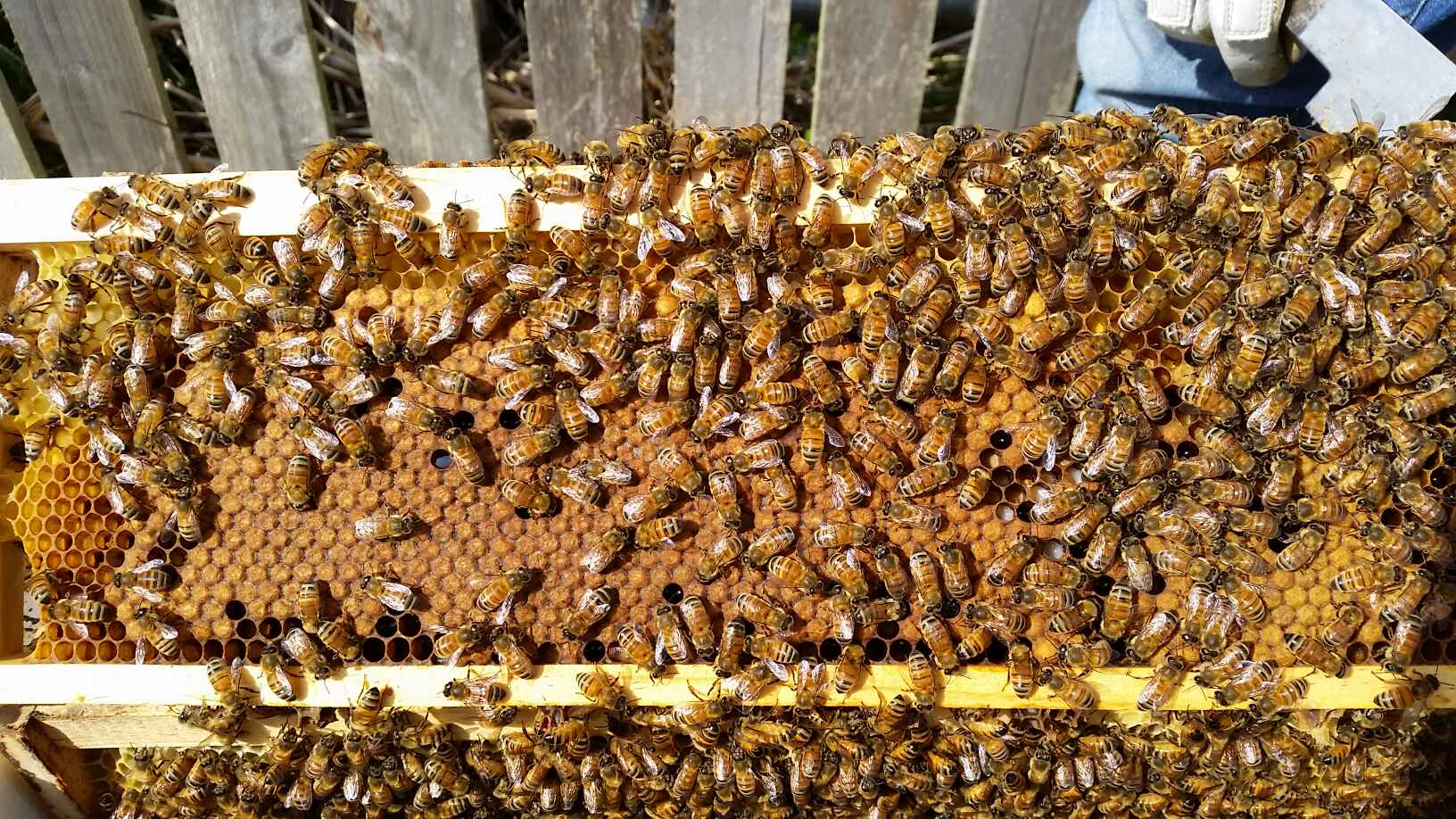Thinking of Winter
/Papering two weaker hives.
It is the first week of February, or from another view three weeks before Autumn starts on 1 March. The season has been abundant with mass flowering in our native and introduced species. The beginners who started with their small nucleus hives have experienced one of the best seasons in a decade and some have harvested honey. But we must not be complacent because this is the time to start thinking about next season, and we need to consider a number of things.
Firstly, next season will not provide honey unless we have large numbers of fat bees in the spring. Your preparation now is important. In our cool climate, we need four boxes of ideals(or two deep boxes) to winter our bees. This will consist of two boxes of brood and two of honey. with a high density of bees on each frame. If you have not wintered down a Langstroth hive, find someone that will show you how it is done, as it will help your bees survive. The Warre hives will need two to three boxes to winter over and the boxes are turned 90 degrees so the combs run across the entrance. The bees are able to keep themselves warmer and survive winter better in Warre boxes.
Secondly, the bees need to be fat bees to survive the winter. They need plenty of honey now to increase their weight. The honey flow has slowed even in urban areas and the bees, knowing the longest day of the year was before the holiday break, are already reducing the number of eggs the queen is laying. Most species of bee will cease laying although the Italians will continue to lay a small amount if the winter is mild. Colonies will need plenty of honey and pollen left if they are to survive winter and start early next spring. In my apiary, all harvesting has ceased in the Langstroth hives and the Warre hives may have a final honey box removed before winter given they need less honey stores to winter over.
So what to do with hives that will not survive winter. They are not able to bring in enough stores before winter and may not have enough bees to cluster well to keep the colony warm.
I have four small hives to deal with. Today I joined two of them. One was a struggling survivor swarm with no queen and although they currently have a queen cell, it is much too late for them to build the numbers up in the next six weeks to bring in enough stores. In fact the stores will become even more scarce. The other box was a nucleus with a failed queen. I had found a frame of young larvae from a strong hive, notched under a number of larvae rows and placed the frame with some nursing bees into the box. They successfully raised a new queen. She has been industrious but given the low bee numbers has not built a large enough colony for winter. I move this box to sit with the other small box last week. They have orientated well and today I place a sheet of newspaper between the two hives and joined them together. Now I will have a stronger colony with a better chance of preparing for winter.
They may still need more frames of honey or even more bees added from the other remaining small hives. We will check them next weekend for our local area beekeepers' gathering and see how they are going.
Happy Beeking!


